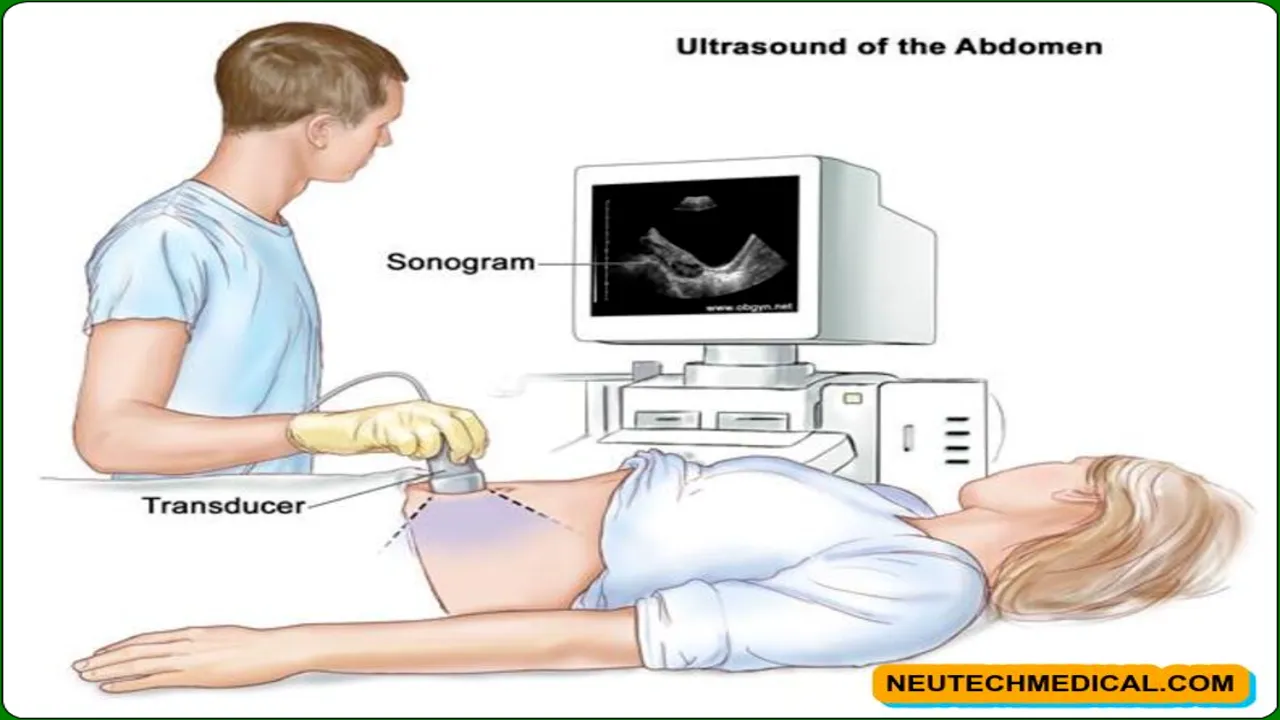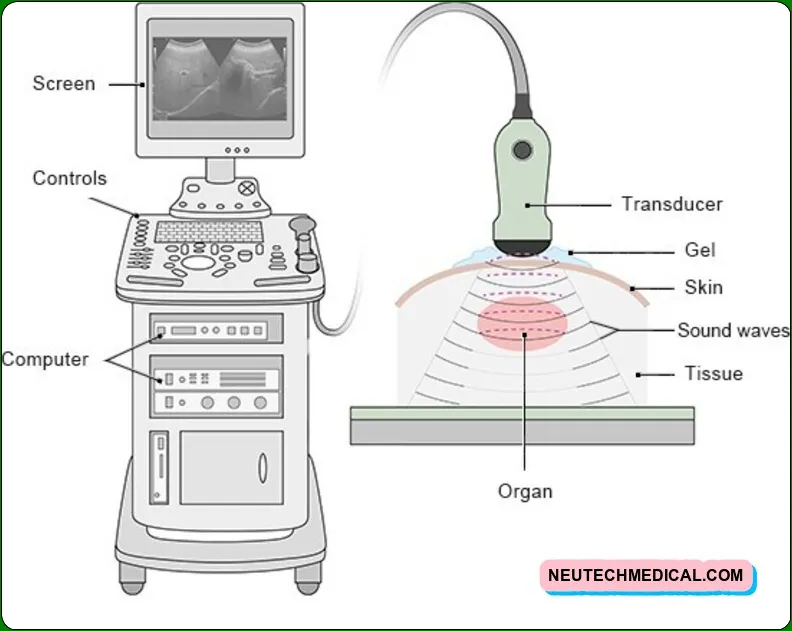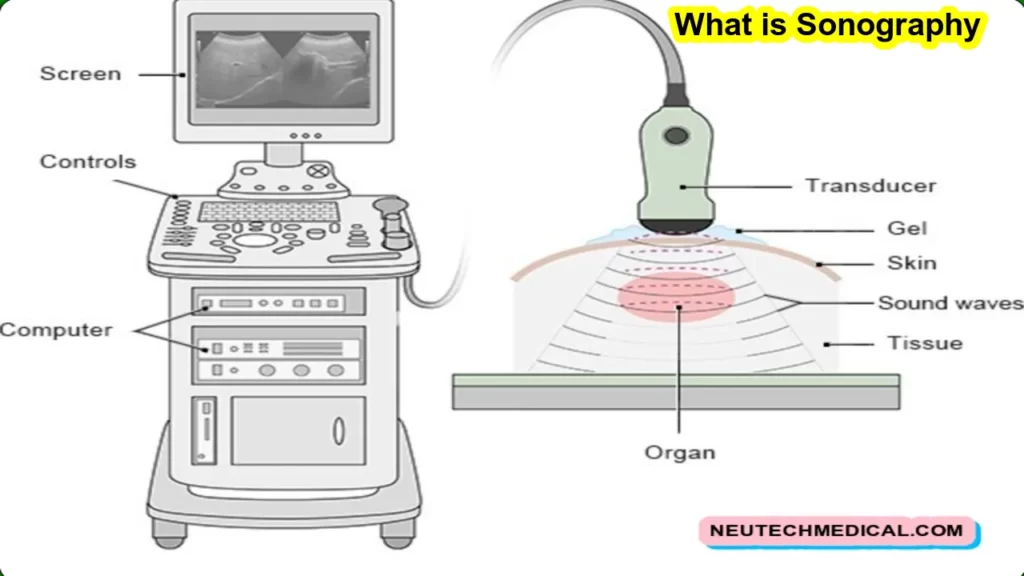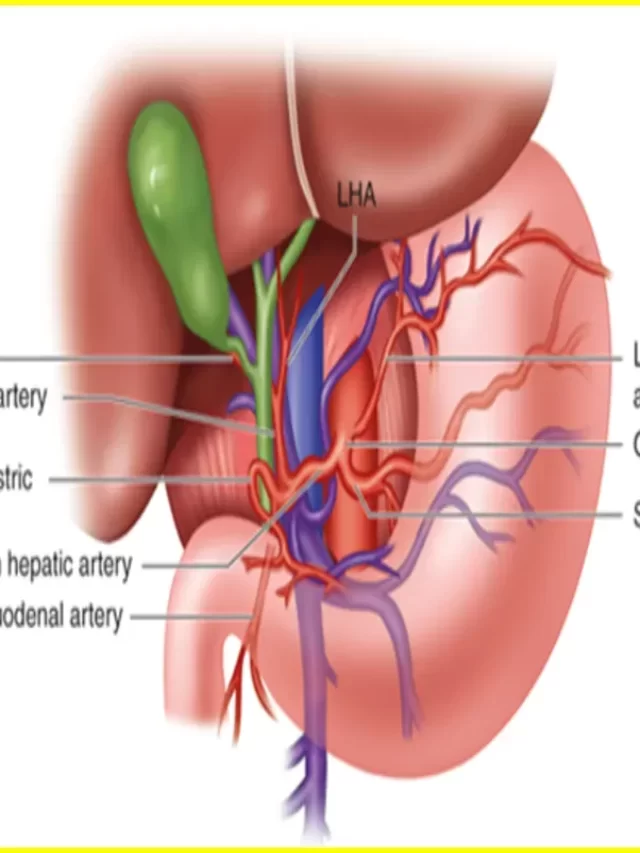
What is Sonography
What is Sonography
Sonography, also known as ultrasound, is a diagnostic imaging technique that uses sound waves to produce images of internal organs. The images can be used to help diagnose and treat medical conditions.
Sonography works by sending sound waves into the body and capturing images of internal structures. These images are converted into electrical signals that are used to produce images on a computer screen.
There are different types of sonographic exams, including abdominal, obstetric, pelvic, and vascular sonograms. Each type of test uses different techniques and equipment to produce images of specific organs or areas of the body.
Most sonographic examinations are performed on an outpatient basis and do not require any special preparation. However, some tests may require you to fast for some time before the test or drink plenty of fluids so that your bladder is full.
During the exam, you will lie on a table while the technologist applies gel to your skin and moves a hand-held transducer over the area being imaged. The transducer emits sound waves that travel through your body and bounce off your organs. The reflected sound waves are captured by the transducer and converted into electrical signals that are used to produce images on a computer screen.

Sonography
A. Definition and Purpose of Sonography: Sonography, also known as ultrasound imaging, is a non-invasive medical imaging technique that uses high-frequency sound waves to create real-time images of the body’s internal structures. It is primarily used for diagnostic purposes, allowing health professionals to visualize organs, tissues, and blood flow without the need for radiation or invasive procedures.
B. Types of sonography: Sonography includes various specialty areas, including obstetric and gynecological sonography, abdominal and pelvic sonography, vascular sonography, musculoskeletal sonography, cardiac sonography, and pediatric sonography. Each area focuses on specific organs or systems within the body.
c. Importance of sonography in medical diagnosis: Sonography plays an important role in the diagnosis and monitoring of a variety of medical conditions. It enables health care professionals to detect abnormalities, assess organ function, guide interventional procedures, monitor fetal development during pregnancy, and aid in the diagnosis of conditions such as tumors, cardiovascular diseases, and musculoskeletal disorders .
Education and training
A. Educational Requirements and Prerequisites: Becoming a sonographer typically requires completion of a formal education program, which may include a two-year associate’s degree or a four-year bachelor’s degree. Some programs may have prerequisites in subjects such as anatomy, physiology, and physics.
B. Accredited Sonography Program: Enrolling in an accredited sonography program recognized by professional organizations such as the Commission on Accreditation of Allied Health Education Programs (CAAHEP) or the Joint Review Committee on Education in Diagnostic Medical Sonography (JRC-DMS) is essential. ,
C. Clinical Training and Practical Experience: Sonography programs include a clinical component where students gain practical experience by performing ultrasound scans under the supervision of experienced sonographers. This hands-on training is vital to developing the necessary skills and competencies.
D. Certification and Licensure: After completing an accredited program, graduates can obtain certification through organizations such as the American Registry for Diagnostic Medical Sonography (ARDMS) or the American Registry of Radiologic Technologists (ARRT). Some states may also require a license to practice as a sonographer.
Equipment and Imaging Techniques
A. Ultrasound machines and transducers: Sonography uses special ultrasound machines that emit sound waves and receive the returned echoes to create images. Transducers, which are handheld devices, transmit and receive sound waves and vary depending on the area being examined.
B. Image formation principle: The sound waves emitted by the transducer enter the body and interact with various tissues. The echoes generated by the tissue interface are processed by the ultrasound machine to generate images based on their intensity, frequency and return time.
C. Various Imaging Modes: Sonography offers various imaging modes including 2D (two-dimensional), 3D (three-dimensional), and Doppler. 2D imaging provides a cross-sectional view of structures, while 3D imaging creates a three-dimensional representation. Doppler mode measures blood flow by analyzing the frequency shift of sound waves reflected by moving blood cells.
D. Patient Positioning and Preparation: Proper patient positioning and preparation are essential for obtaining clear and accurate sonographic images. This may include instructing patients to assume specific positions, removing clothing or jewelry that obstructs the scan area, and applying gel to improve sound wave transmission.
Sonographic Examination Procedure
A. Patient interaction and communication: Sonographers interact closely with patients, explaining procedures, addressing concerns, and ensuring patient comfort and cooperation throughout the test.
B. Pre-scan assessment and medical history review: Sonographers review the patient’s medical history and gather relevant information that may affect the exam or help identify potential areas of concern.
C. Selection of the appropriate scanning technique: Based on the patient’s symptoms, medical history, and instructions from the referring physician, sonographers determine the most appropriate scanning technique and imaging mode to obtain the required diagnostic information.
D. Image acquisition and optimization: The sonographer performs an ultrasound scan by placing the transducer on the patient’s skin and moving it over the area of interest. They optimize imaging parameters such as depth, gain, and focus to obtain clear and diagnostic images.
E. Documentation and image storage: Sonographers document their findings, measurements, and observations during the exam. They electronically store the images obtained for future reference and collaboration with health care professionals.
Anatomy and Pathology Knowledge
A. Understanding human anatomy and physiology: Sonographers must have a strong understanding of human anatomy and physiology in order to identify normal structures and differentiate them from abnormalities or pathology.
B. Recognizing normal versus abnormal structures: By comparing sonographic images to their knowledge of normal anatomy, sonographers can identify deviations or abnormalities in the structure or function of organs and tissues.
C. Recognizing Common Pathologies and Abnormalities: Sonographers learn to recognize common pathologies, such as tumors, cysts, inflammation, and fluid collections. They understand the characteristics and sonographic appearance of these conditions.
D. Clinical Considerations and Differential Diagnosis: Sonographers contribute to the diagnostic process by providing valuable information regarding sonographic findings. They work closely with radiologists, obstetricians, cardiologists, and other health care professionals to develop an accurate diagnosis and consider the differential diagnosis.
Interpretation and Reporting
A. Analysis of sonographic images: Sonographers analyze the images obtained, assessing the size, shape, and echogenicity (reflectance) of the structures. They evaluate blood flow patterns in the vessels using the Doppler mode.
B. Identifying and evaluating abnormalities: Sonographers identify and evaluate abnormalities or deviations from expected findings. They can measure structures, calculate volumes, and document their observations to aid in diagnosis and treatment planning.
C. Collaboration with health care professionals: Sonographers work closely with radiologists, physicians, and other health care professionals to interpret sonographic findings and contribute to patient diagnosis and management planning.
D. Generating Comprehensive Reports: Sonographers generate reports summarizing the exam findings, measurements, and observations. These reports serve as important documents for healthcare providers and contribute to the patient’s medical record.
Specific Sonography Area
A. Obstetrics and Gynecological Sonography: This field focuses on the imaging of the female reproductive system, including monitoring pregnancy, assessing fetal development, and diagnosing gynecological conditions.
B. Abdominal and pelvic sonography: Sonographers examine the organs and structures within the abdomen and pelvis, including the liver, gallbladder, kidneys, bladder, and reproductive organs, to diagnose conditions such as tumors, infections, and kidney stones.
C. Vascular sonography: Vascular sonography involves assessing blood flow and detecting vascular abnormalities or diseases, such as deep vein thrombosis, aneurysms, and arterial stenosis.
D. Musculoskeletal Sonography: This field focuses on the imaging of muscles, tendons, ligaments, joints and soft tissues to diagnose conditions such as sprains, tears, inflammation and arthritis.
E. Cardiac and Pediatric Sonography: Cardiac sonography involves assessing the structure and function of the heart, while pediatric sonography focuses on imaging various medical conditions specific to the age group of infants and children.
Professional Development and Ethics
A. Continuing Education and Professional Organization: Sonographers engage in continuing education to stay updated with advances in sonography techniques, equipment, and research. They may join professional organizations such as the Society of Diagnostic Medical Sonography (SDMS) or attend conferences and workshops.
B. Keeping up to date with advances in sonography: Sonographers need to stay abreast of new technologies, imaging protocols, and emerging trends in sonography in order to provide the highest quality care and maintain professional competence.
C. Maintaining patient confidentiality and ethical standards: Sonographers follow strict ethical guidelines including maintaining patient privacy, confidentiality, and professionalism during the exam.
D. Collaborating with Interdisciplinary Health Care Teams: Sonographers work as part of an interdisciplinary health care team, collaborating with physicians, radiologists, nurses, and other health care professionals to provide comprehensive patient care.
Challenges and Limitations
A. Technical limitations and artifacts: Sonography may have limitations due to physiological habituation, patient factors, or technical challenges. Factors such as obesity, air-filled structures, and patient activity can affect image quality. Artifacts such as acoustic shadowing or echoes may also occur and potentially affect the interpretation of the images.
B. Patient-related challenges: Some patients may present challenges during the exam, such as limited mobility, discomfort, or communication barriers. Sonographers need to adapt their techniques and communication strategies to ensure optimal imaging quality and patient comfort.
C. Communicating sensitive findings to patients: Sonographers may encounter situations where they need to explain sensitive or potentially distressing findings to patients. They should have these conversations with empathy, frankness and sensitivity, providing needed support and reassurance.
D. Dealing with the emotional aspects of diagnostic imaging: Sonographers may be faced with emotionally challenging situations, such as diagnosing fetal abnormalities or serious medical conditions. They must develop coping strategies to manage their emotions and provide support to patients and their families.
Sonography Conclusion
A. Sonography Procedure Recap: Sonography is a valuable diagnostic imaging technique that uses sound waves to visualize the body’s internal structures without the need for radiation or invasive procedures. It plays an important role in the diagnosis and monitoring of various medical conditions.
B. Importance of Sonographers in Health Care: Sonographers are essential members of the health care team, contributing to accurate diagnosis, treatment planning, and patient care. Their expertise in imaging and interpretation enhances the quality of healthcare delivery.
C. Future trends and advancements in sonography: Sonography continues to evolve with advances in technology, such as improved image resolution, 4D imaging and fusion imaging. Ongoing research and development in sonography has promising potential to enhance diagnostic capabilities and improve patient outcomes.
Article About:- Health & fitness
Article About:- Medical Technology
Article About:-Sports

You may be asked to hold your breath for a short time during the test so that movement does not blur the image. Your doctor may also ask you to change positions during this time.
What is Sonography Used for
Sonography, also known as ultrasound imaging or diagnostic medical sonography, is a diagnostic imaging technique that uses high-frequency sound waves to produce images of the inside of the body. Sonographers use special equipment to direct sound waves into the body and then interpret the resulting images.
Sonography is used to evaluate a variety of medical conditions, including:
- Abdominal pain
- Aortic aneurysms
- Arterial blockages
- Breast tumors
- Congenital heart defects
- Ectopic pregnancies
- Gallstones
- Kidney stones
- Liver masses
- Ovarian cysts
- Pancreatitis
- Placental location during pregnancy Ultrasound can also be used guidance for biopsies and other interventional procedures.

What is Sonography test
A sonography test is a medical diagnostic procedure that uses high-frequency sound waves to produce images of structures inside the body. The images are then used to evaluate the function and condition of those structures.
Sonography tests can be used to examine a variety of body parts, including the heart, blood vessels, kidneys, liver, pancreas, spleen, bladder, reproductive organs, and muscles. They can also be used to guide needle biopsies and other interventional procedures.
There are two types of sonography: diagnostic and therapeutic. Diagnostic sonography is used to produce images for diagnosis and evaluation. Therapeutic sonography is used to treat conditions such as pain management and wound healing.
Sonography tests are typically performed by trained medical professionals called sonographers or ultrasound technicians. The procedure is generally safe and does not require the use of anesthesia or radiation.

What is Sonography Program
There are many different types of sonography programs available, each with their own unique features. Programs can be found at both the undergraduate and graduate level, as well as online and offline.
The most common type of sonography program is the two-year Associate’s degree, which can be completed at a community college or technical school. These programs typically include coursework in anatomy, physiology, and medical imaging. Students will also gain clinical experience through externships or rotations at local hospitals or clinics.
Graduate-level programs in sonography are also available, though they are less common. These programs usually take four years to complete and include more advanced coursework in anatomy and physiology, as well as physics and math. Students in these programs will also have the opportunity to conduct research projects and participate in clinical rotations.
There are a few schools that offer online sonography programs, though most require students to complete some coursework or clinical training on campus. These programs typically take two to four years to complete and allow students to study at their own pace.

How does Sonography Work
Sonography uses high-frequency sound waves to create images of the inside of your body. It is great to see the soft tissues of the body through this and it often helps determine the cause of your symptoms.
Sonography imaging uses a small transducer to both transmit sound waves into the body and record the waves that echo back. The sound waves travel across the area being examined until they hit a boundary between tissues, such as between fluid and soft tissue, or between soft tissue and bone. Some of the sound waves at these boundaries are reflected back to the probe, while others travel until they reach another boundary and are reflected back. The speed, direction and distance the sound waves travel vary depending on the extent, a computer interprets this information as a screen image.
The intensity and size of the echoes depend on how the area absorbs the sound waves. For example, most waves pass through a fluid-filled cyst and send back very few or faint echoes, which appear black on the display screen. The waves, on the other hand, bounce off a solid tumor, creating a pattern of echoes that the computer interprets as a light-colored image. It is also observed that air and bone also reflect sound waves.
Today ultrasound has been around for over sixty years and is considered safe because it does not appear to have any known risks and does not use radiation. It is one of the most commonly ordered imaging tests because it is versatile, portable, relatively inexpensive, non-invasive, and can provide real-time information about the area of concern.

FAQ
What is difference between ultrasound and sonography

Ultrasound refers to the technology itself, which involves the use of high-frequency sound waves to create images of the body’s internal structures. It is a form of diagnostic imaging that allows healthcare professionals to visualize organs, tissues, and blood flow without the use of radiation.
What is the difference between sonography and ultrasound

Sonography refers to the practice or technique of using ultrasound technology to perform diagnostic imaging examinations. It involves the skilled application of ultrasound equipment, interpretation of the resulting images, and communication of findings to healthcare providers. Sonography encompasses the entire process of using ultrasound for medical diagnostics.
What is the difference between ultrasound and sonography

Ultrasound is a medical imaging technology that uses high-frequency sound waves to create images of the body’s internal structures. It involves the transmission of sound waves into the body and the reception of echoes that bounce back from the tissues. These echoes are then processed to generate real-time images.









